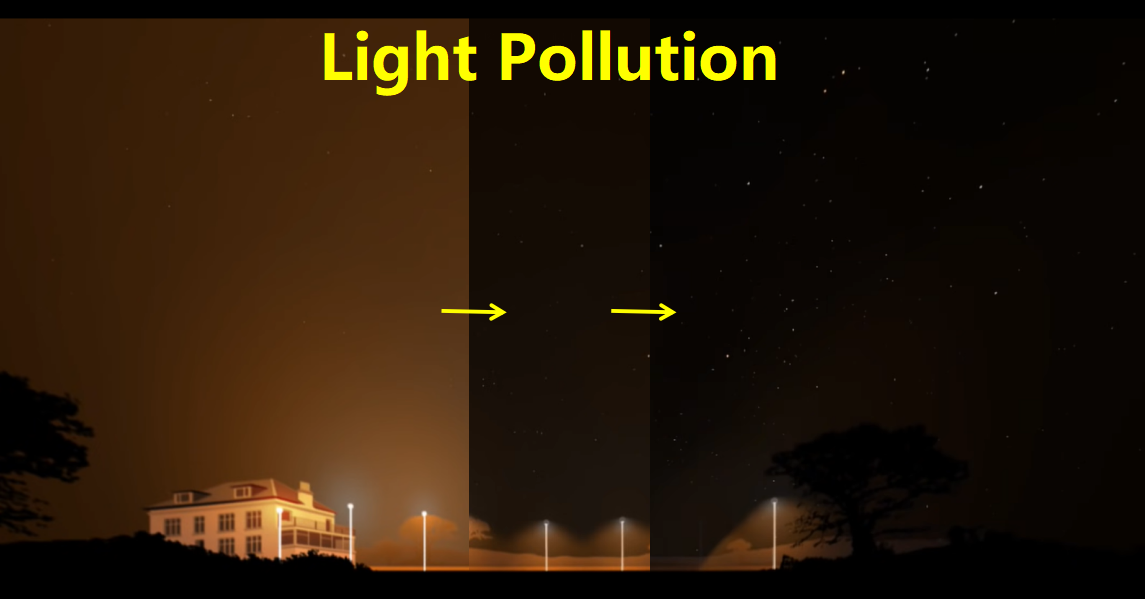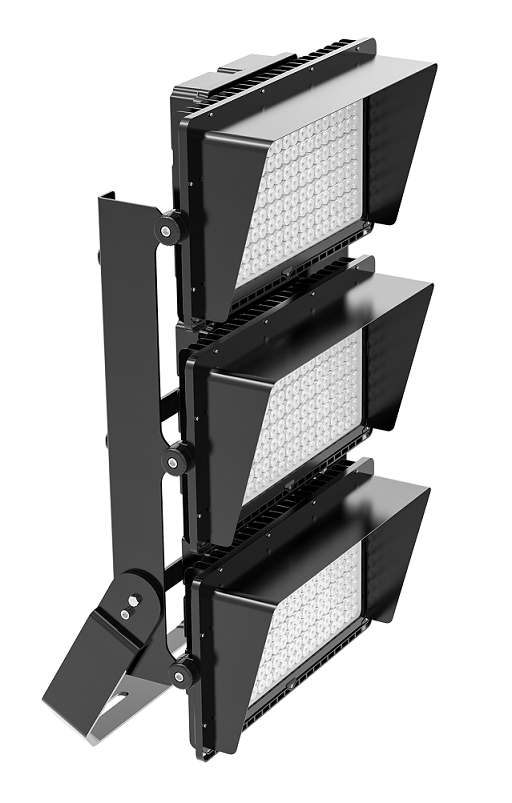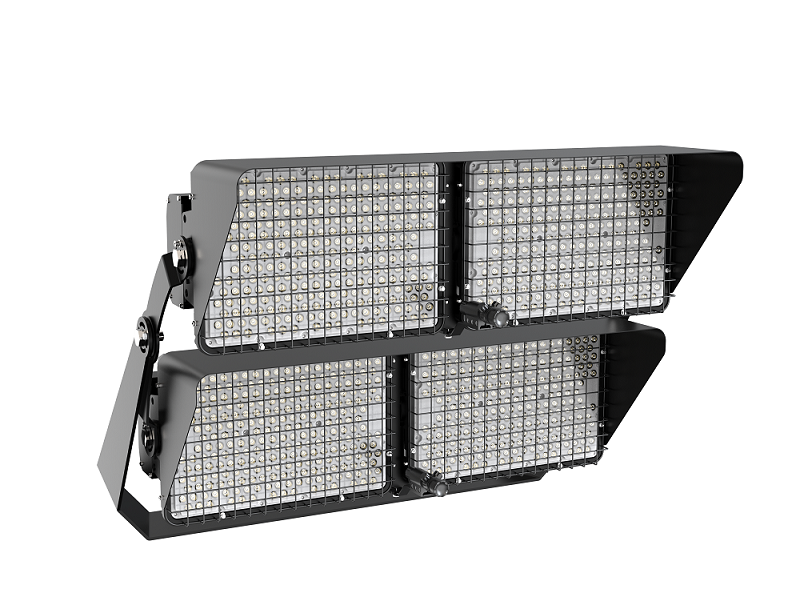In the present day, LED floodlights bring forth remarkable advantages in terms of sustainability. LEDs not only consume significantly less energy compared to gas-based alternatives, but they also possess extended lifespans and demand lesser maintenance. These attributes collectively contribute to a reduced environmental footprint as well.
The environment is not limited to just carbon emissions and material consumption. When assessing the actual environmental effects of floodlighting, we must take into account the consequences it has on wildlife as well. This is because lighting, like any human-made technology, can greatly affect the health and behaviors of animals.
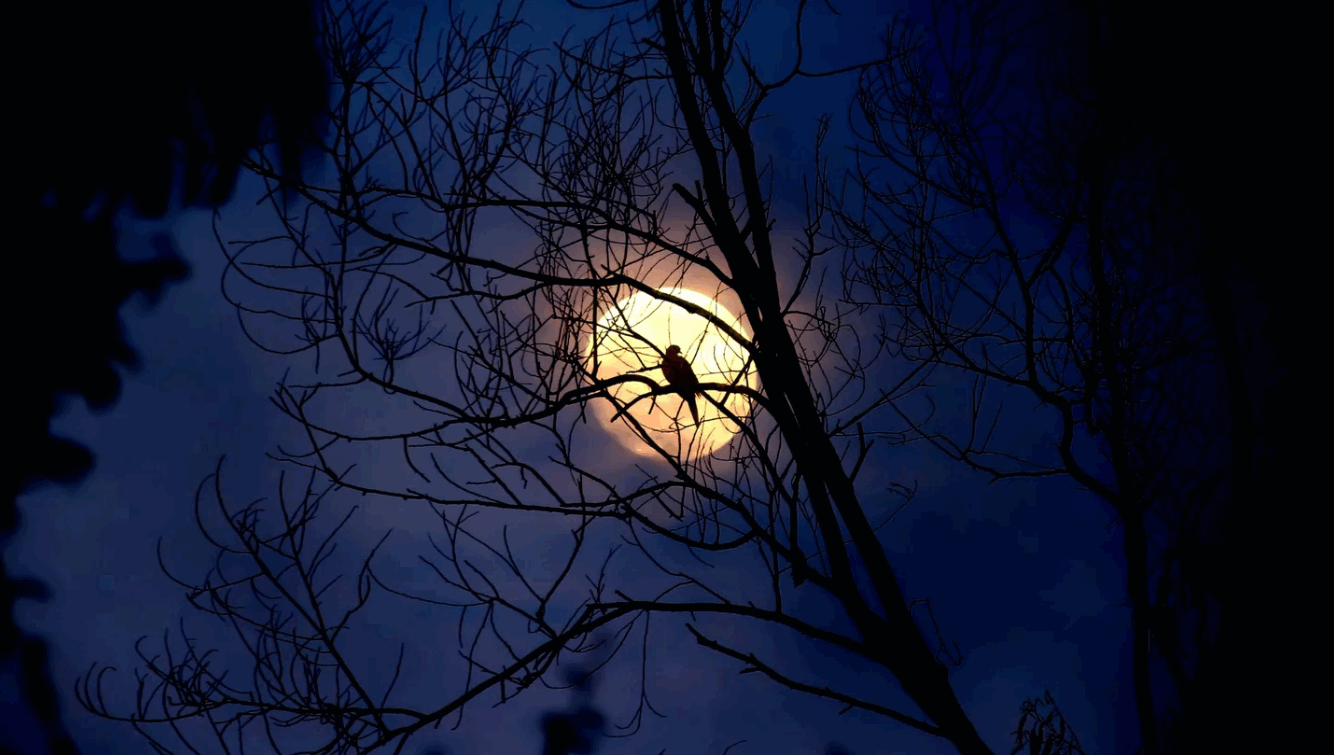
The purpose of this post is to delve into the connection between floodlighting and wildlife, specifically focusing on the species that are most susceptible to its effects. Additionally, we will discuss various measures that can be implemented to reduce or eliminate any negative impact. It is important to note that the concerns addressed in this article are not limited to LEDs and can apply to artificial lighting in general, including floodlights.
Birds
All kinds of birds migrate, usually to find new food sources or nesting sites. Migration behaviours vary, from short distances, in which birds move to another location within their immediate vicinity, to journeys covering tens or thousands of kilometers. Migration is a nocturnal phenomenon for certain species.
Migrating birds can suffer serious consequences from light pollution, which is often caused by poorly designed floodlighting systems. Artificial lights are often mistaken as extended daylight and can cause birds to depart earlier than usual. A flock may find that the resources necessary to survive are not available in their new environment.
Certain bird species can be disorientated by brightly lit areas, causing them to circle in circles instead of continuing on their journey. These birds, exhausted, may collide with buildings or become prey to urban predators like cats and rats.
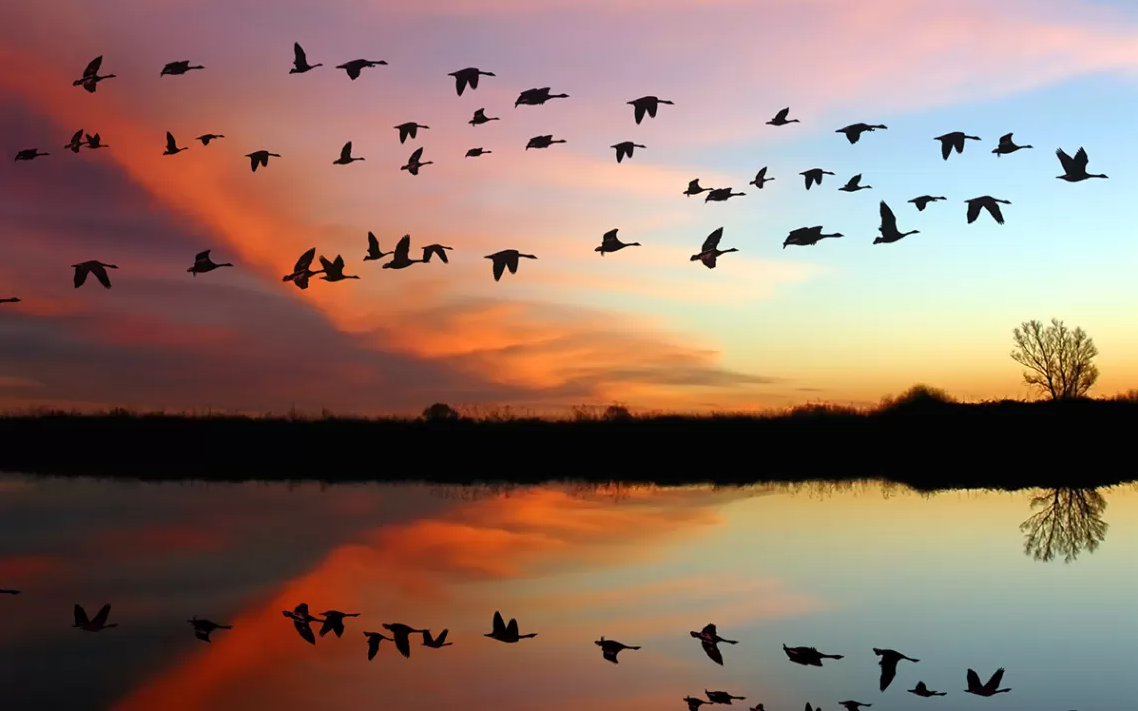
Floodlights: How to reduce their impact
Here, the main concern is design. VKS’s floodlights, for example, use light shields and optics that are well designed to ensure the most of the light is directed towards the target. This not only improves uniformity and visibility in the floodlit area but also minimises the light spillage into the surrounding environment.
Sea turtles
Not only avian species, but also newly hatched sea turtles are at risk due to the disorienting effects of bright lights.
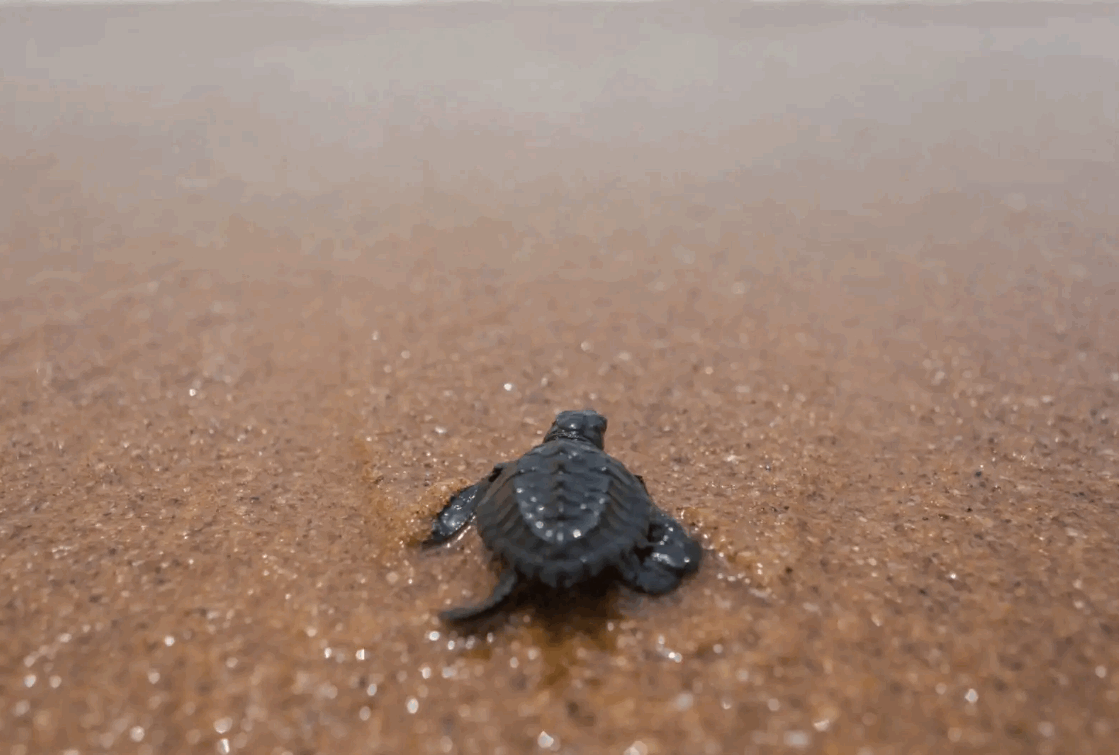
The sea turtles’ annual reproduction cycle sees them searching for sandy beaches to lay their eggs. Although this activity is not typically affected by floodlights, the instinct of a hatching sea turtle is to move towards the brightest source of light. While they would usually head straight for the ocean when the moon is shining, bright lighting may cause them to go further inland.
This can lead to exhaustion and put the hatchlings in danger of predators and road hazards. According to estimates, Florida alone is home to more than 100,000 sea turtles that are born each year and die from light-related disorientation.
Floodlights: How to reduce their impact
Once again, the issue of light spillage is of utmost importance in this context. It is crucial to have effective light shields and optics that aid in guiding the light, while also taking into account the installation height. Shorter masts can be utilized to prevent any light from escaping, although it may not be feasible in certain situations.
Another factor is the light spectrum. It has been proven that red and amber light have a less significant impact on the behaviour of hatchlings. Therefore, LEDs tuned to emit less blue light are extremely beneficial. This monochromatic orange is less effective, and can present its own challenges.
This complexity, coupled with the fact that marine environment is now highly regulated, makes it essential to seek expert guidance when installing coastal lighting systems.
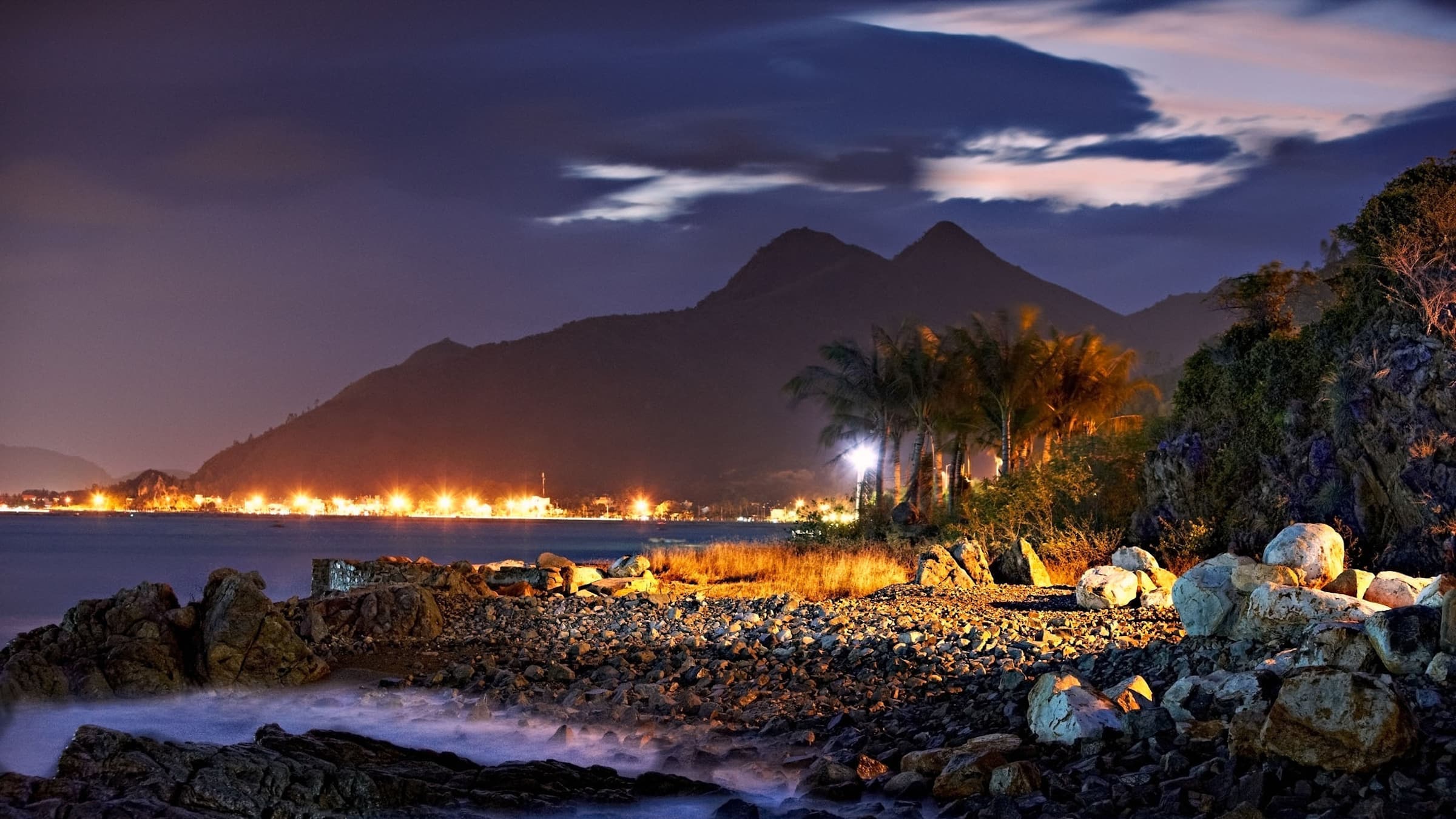
Bats
While the impact of lighting on birds, turtles and bats is primarily based on specific activities such as migration and hatchings, the effects are far more widespread for bats. Bats are nocturnal creatures and avoid the light whenever possible. They also have to deal with natural predators during daylight hours, such as sparrowhawks.
Bats can be affected by artificial lighting, including floodlights. Bats can leave their roosts earlier than usual if there is too much light. This makes it difficult for them to find food, as many insects are now back in their nests. If the light level is too high, some bats will refuse to leave.
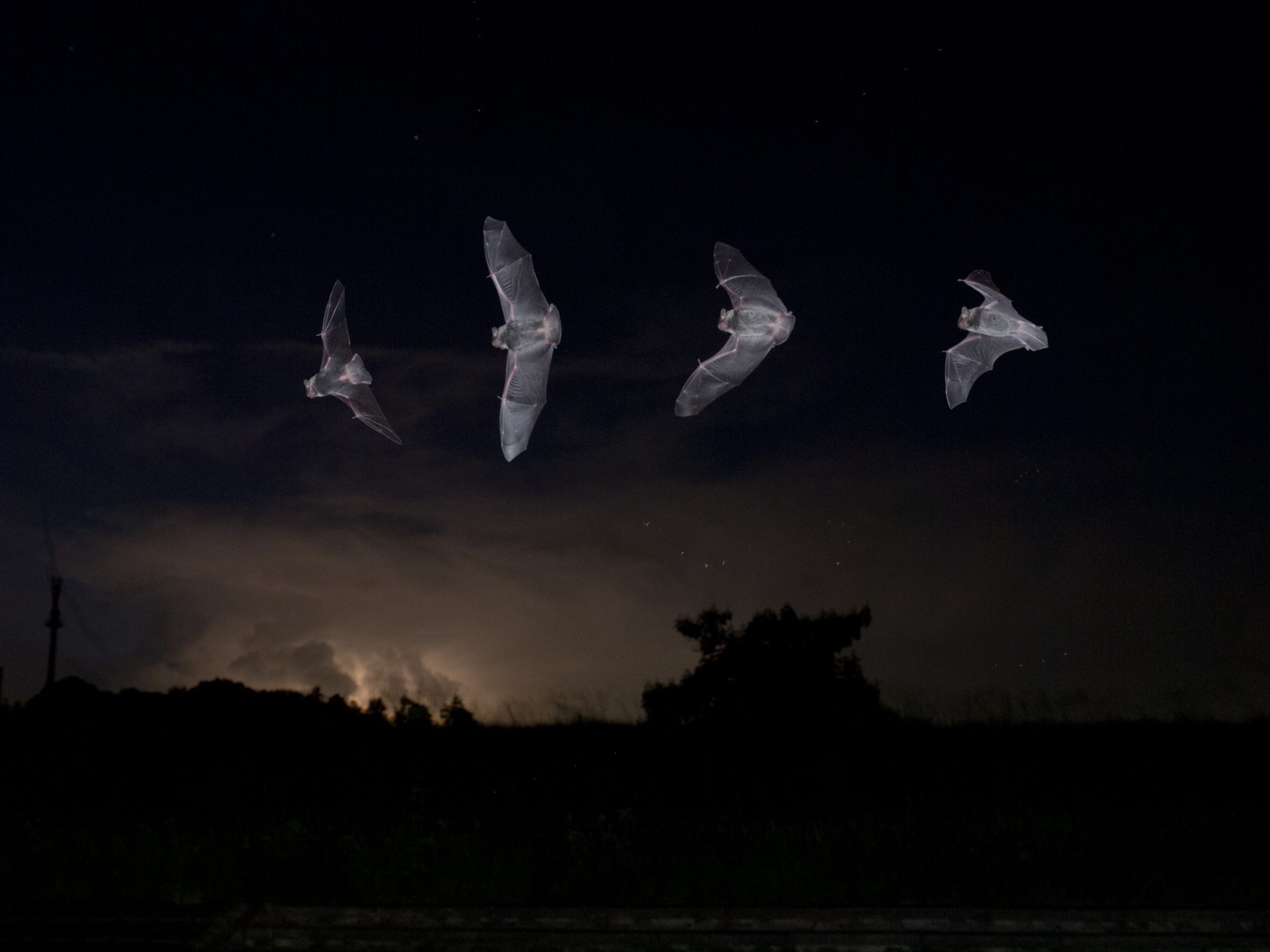
Artificial light can be a problem for bats because it attracts insects. This will also cause them to leave their usual feeding grounds. It is especially problematic for species that are slower to fly, such as the myotis bats (mouse-eared bats), which avoid areas with artificial light.
Floodlights: How to reduce their impact
Four of the 17 bat species that breed in the UK, for example, are listed as endangered. In many countries, government legislation is a strong protection for bats and their roosts. Regulations prohibit roosts being disturbed in most cases, including “reckless”, “intentional”, or accidental disturbances as a result from light spill.
The Institute of Lighting Professionals 2018 note on artificial illumination is the UK’s most recent guidance in this area. This document explains that LED lighting offers greater control of issues such as light spill and color temperature. Both of these can impact bats’ wellbeing.
The specific situations surrounding bats and light remain complex and should be addressed only by professionals with experience.
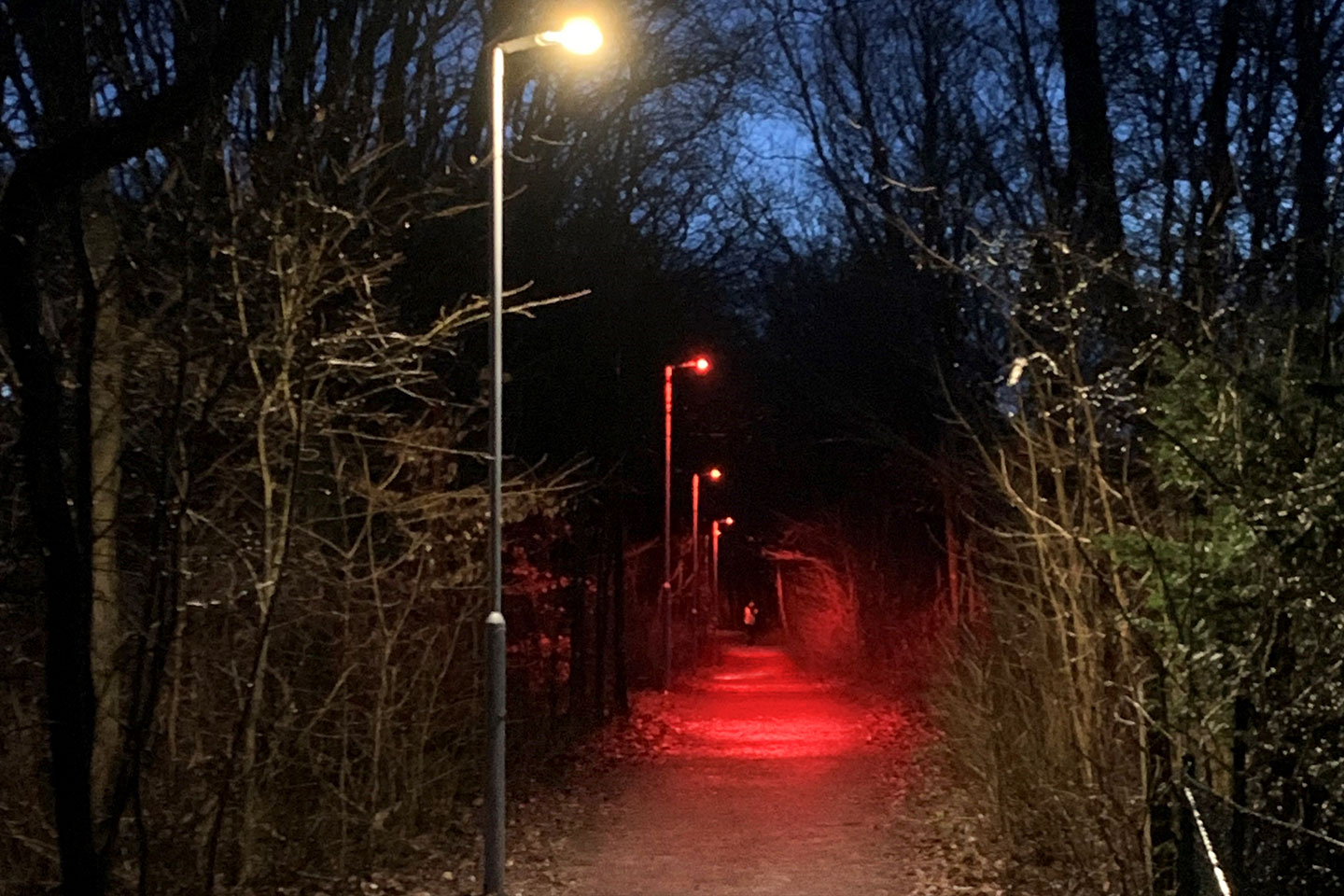
At A Glance
Artificial lighting is not only important to our daily lives, but it can have severe consequences for wildlife.
Most at risk animals include:
Birds whose migration patterns can be changed, causing them move earlier than they should. Bright lighting can cause birds to become disoriented, which exposes them to dangers like collisions and predators.
Sea turtles hatchlings will move towards the brightest light source when they are first born. Artificial lights can cause new-born sea tortoises to be led away from the ocean and die of dehydration or exhaustion.
The bats are nocturnal and only feed in the darkness. The light spill can keep bats away from their traditional feeding grounds and prevent them from feeding when it is most advantageous.
Light shields, specialised lenses, and “warmer light temperatures” are some of the most important controls to use in order to avoid floodlights having an adverse impact on wildlife. Expert guidance is always recommended due to the stringent regulations protecting many species.
Post time: Jul-28-2023

